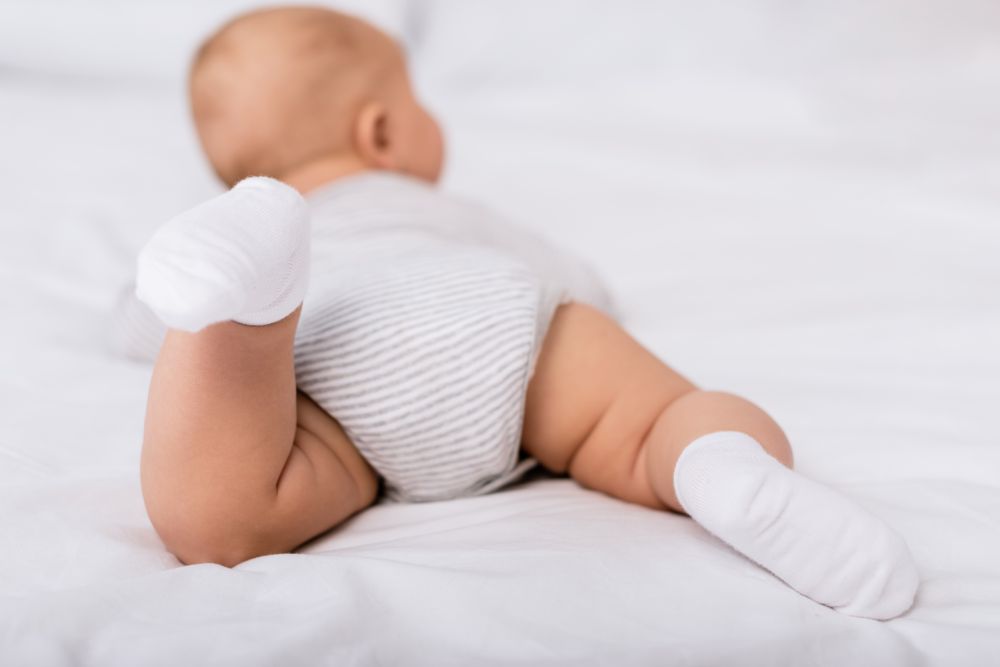When it comes to baby clothing, you want to make sure you are getting the best for them. But with so many different brands and types of clothing available, it can be hard to know what to look for. Here are a few tips to help you out:
First, think about the climate where you live. If it is hot, you will want clothes that are made from light materials like cotton or linen. If it is cold, you will need thicker clothes made from wool or fleece.
Next, consider the age and size of your baby. premature babies will need smaller sizes than full-term babies, and newborns will need smaller sizes than six-month-olds. You’ll also want to pay attention to the fit – clothes that are too big or too small can be uncomfortable for your baby.
What to Take Care of While Buying Baby’s Clothes
Fit: Make sure that the baby clothes fit well, without being too tight or too loose.

When it comes to buying baby clothes, it is important to make sure that they fit well. If they are too tight, the child may not be able to move around comfortably, and if they are too loose, the child may be able to take them off easily. It is also important to make sure that the clothes are comfortable, and that they will keep the child warm in winter and cool in summer.
Fabrics: Natural fabrics over synthetic for babies
When it comes to fabrics for babies, natural fabrics are the best option. Synthetic fabrics can contain harmful chemicals that can be dangerous for baby’s delicate skin. Natural fabrics, such as cotton and wool, are soft and comfortable against baby’s skin and allow their skin to breathe. They also help regulate baby’s body temperature, keeping them warm in winter and cool in summer.
Colors: Bright colors are healthy; dark colors are not for babies
Most people know that bright colors are healthy, while dark colors are not. But what most people don’t know is the reason why. Bright colors reflect light, which helps keep us healthy and happy. Dark colors absorb light, which can make us feel tired and sad. This is especially important for babies, who need as much light as possible to grow and be healthy. So if you’re looking for a way to keep your baby healthy and happy, stick to bright colors!
Kyte baby clothes are beautiful, brightly coloured, and made with the finest cotton and silk. They’re designed with your baby in mind, and made by the same people who made our fabulous baby grows.
Accessories: Hats, sunglasses, and sunscreen are important for babies
When it comes to dressing baby, many parents think first of the clothes. Shoes, hats, and sunglasses are also important for babies, especially during the summertime.
When it comes to socks, if you are looking for seamless kids socks, make sure that you are getting the best fabrics to guarantee the comfort of your kid.
Sunscreen is a must for any time spent outdoors. A good rule of thumb is to put sunscreen on your baby 30 minutes before going outside and reapply every two hours. Choose a sunscreen with an SPF of 30 or higher.
Hats are important to protect baby’s head and ears from the sun. Look for a hat that is made from a light fabric and has a wide brim. Sunglasses are also important to protect baby’s eyes from the sun’s harmful rays.
During the summer, dress your baby in light clothing that covers arms and legs. Choose natural fabrics such as cotton or linen which breathe well and help keep your baby cool.
Socks for babies

There is a debate among parents whether or not to wear socks with infants in cold weather. Some believe that wearing socks will keep the baby’s feet warm, while others say that the sock will make the baby’s feet sweat and create a chill. The American Academy of Pediatrics does not have a policy on this issue, but does recommend dressing babies in layers so that they can be adjusted according to the temperature.
A study published in “Pediatrics” in 2004 looked at how sock use affected thermal comfort and skin blood flow in 72 infants. The study found that wearing socks did not increase thermal comfort or skin blood flow and actually increased the risk of developing foot fungus.
Based on these findings, it would appear that it is better not to wear socks with an infant in cold weather. This will allow the baby’s feet to stay dry and warm naturally.
Dyes: no toxic dyes for babies
Most people don’t think about the ingredients in their baby’s clothes, but conventional dyes can contain heavy metals and other toxic chemicals. A study by the Ecology Center found that 86 percent of baby clothes tested contained hazardous chemicals, including lead, mercury, and formaldehyde.
The good news is that there are now a number of nontoxic dye options available. One of the most popular is natural dyeing, which uses plant-based dyes to color fabrics. This process is simple and can be done at home with just a few basic supplies.
Another option is to buy clothes made from organic cotton or other sustainable materials. Organic cotton is grown without pesticides or chemical fertilizers, and it’s processed without harmful chemicals.
Conclusion
In conclusion, when buying baby clothes, it is important to consider the health and safety of your child. Be sure to choose clothes that are made of quality materials and are comfortable for your baby to wear. Additionally, follow the washing instructions carefully to prevent any health risks. By following these tips, you can keep your baby healthy and happy.
When buying clothes for your baby, make sure to look for organic and natural fibers. Also, be sure to check the labels to see if the clothes have been treated with harmful chemicals. By following these tips, you can help keep your baby healthy and happy.

